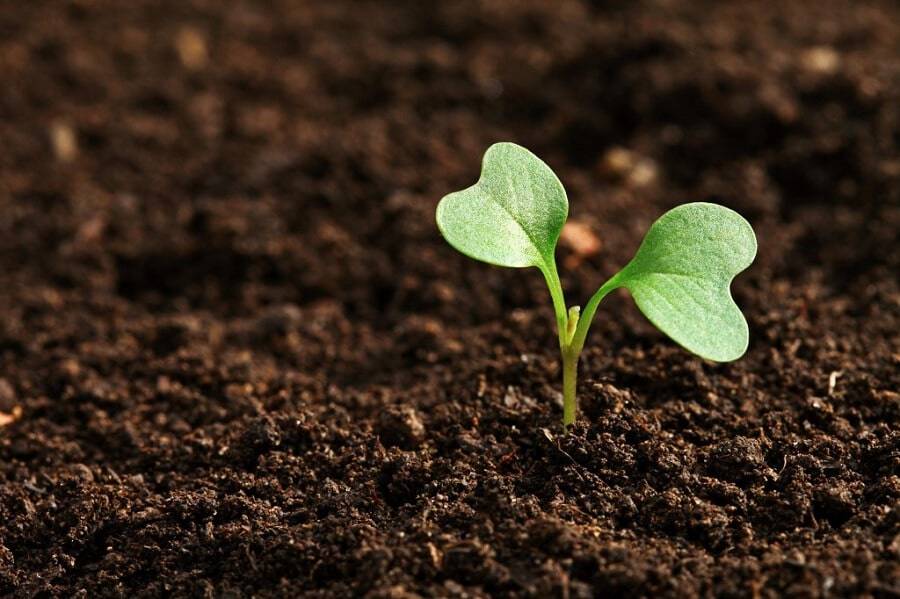
Google has formed a research collaboration with agricultural tech open digital platform nurture.farm to identify scalable and cost-effective soil health measurement solutions, including parameters such as soil organic carbon and other key nutrients.
Crop yield and productivity are highly dependent on soil health. However, poor land practices and management, exacerbated by climate change, have wreaked havoc on healthy soils.
Farmers primarily rely on chemical-based analysis techniques to test soil health, in which soil samples are collected and analyzed in a laboratory. However, limited testing facilities, a lack of farmer awareness, and high logistical and operational costs make the approach difficult.
Google and nurture.farm have proposed some research projects to help accelerate the adoption of sustainable agricultural practices across the country.
The collaboration will provide farmers with quick, affordable, and scalable soil health measurement techniques, allowing them to optimize crop, seed, and nutrient choices across multiple seasons.
It will leverage Google's suite of AI and imaging technologies, Cloud, advanced geospatial analysis, and machine learning expertise.
"Our goal at nurture.farm is to bring advanced and innovative technology-led solutions to farmers to ease decision-making and improve outcomes, with a focus on smallholder farmers in India. We are collaborating with Google to develop a scalable, real-time, and cost-effective method of measuring soil quality "Pranav Tiwari, Chief Technology Officer at nurture.farm, stated.
The teams will concentrate on using hyperspectral image analysis in conjunction with other remote sensing and data collection methods to accurately measure soil organic carbon (SOC) and other nutrients in soil across a variety of soil types and characteristics that reflect the landscape of agricultural practices in India.
This soil testing approach will aid in the provision of low-cost soil testing services to farmers across India, leading them towards measures to enhance soil health, pick appropriate crops, input items, and operational practices, resulting in improved yields and revenue.
















